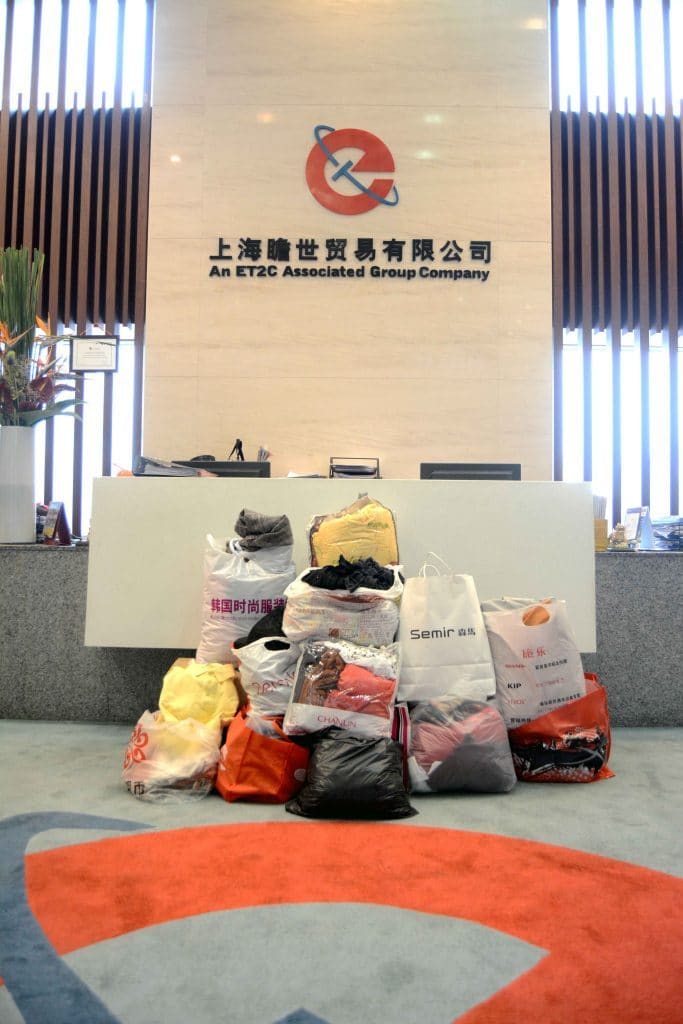India in the Global Economy
Good News for India
Positive economic and manufacturing trends continue to surface as India continues to add credibility to the government wide “Make in India” campaign. ET2C has often mentioned the merits of the “Make in India” campaign and have lauded efforts by Narendra Modi to improve the manufacturing landscape in his country. Good tides continue to reach the shores of India, as the recent drop in oil prices has given the country a great boost to the country’s effort ongoing effort to open up to foreign buyers.
The precariously dropping price of oil has had severely adverse effects on oil exporting nations such as Russia and Venezuela. However for oil importers such as India, the drop has been welcome and in fact quite beneficial. The developing Indian economy has long been reliant on imported oil and this has impeded the maturation of Indian manufacturing sector. Even in last year, the high price of oil added a $100 billion drag on the economy. Up to now, logistics in India were often expensive but since crude prices now halved, fuel costs for trucks and cars have also plunged. This has helped lower transport expenses and has quelled inflation of goods and services in India. Government fuel subsidies have notably lowered as well, which has helped the control the country’s chronic budget deficits. “We’ve got essentially a $50 billion gift for the economy,” said Raghuram G. Rajan, the governor of the Reserve Bank of India.
Greater Ease of Business
Indian finance minister Arun Jaitley also recently made moves to speed along India’s transition. His new budget was filled with proposals that are expected to help manufacturers save on costs while allowing further access to skilled labor. The budget announcement featured specific proposals such as reduction of customs duties and taxes while speaking of government efforts to allow for a greater ease of business. Finance minister Jaitley stressed the imperative of his tax proposals as they were inclusive in the promotion of manufacturing. Prime Minister Modi’s influence and cohesion on his government became easily transparent, as the phrase ‘manufacturing’ was found mentioned 15 times in Jaitley’s speech while Make in India was heard 10 times.
Moreover, much like Modi’s influence and political accountability, the finance minister remained true to his word. He announced customs duty cuts on 22 items that will allow Indian companies to import parts to manufacture products at a much lower cost, thus driving Indian supply chain costs down. With every month India poses itself as an even more attractive manufacturing base for your sourcing needs. Please contact us today for more information regarding ET2C’s expanding sourcing and procurement capabilities in India.





